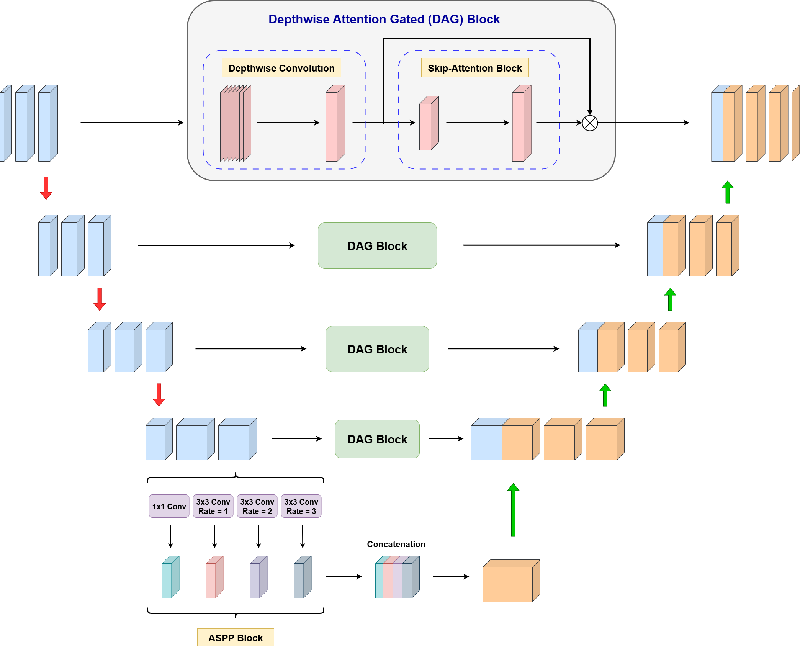Revolutionizing Skin Cancer Detection: A Breakthrough Dual-Network Approach

In the battle against skin cancer, timely and accurate diagnosis can significantly improve patient outcomes. A recent research paper by Md Enamul Atiq and Shaikh Anowarul Fattah from the Bangladesh University of Engineering and Technology sheds light on a novel approach to skin cancer classification that promises to enhance both accuracy and interpretability. Their dual-network attention model integrates lesion segmentation with clinical metadata, setting a new standard for automated skin cancer diagnosis.
The Challenge of Skin Cancer Diagnosis
Skin cancer remains one of the most prevalent forms of cancer worldwide, with millions of diagnoses each year. Despite advancements in technology, accurately classifying skin lesions using dermoscopic images presents significant challenges. The subtle differences in lesion appearance, along with background noise from artifacts like hair or air bubbles, complicate the diagnosis process. While deep learning techniques, particularly convolutional neural networks (CNNs), have shown promise, they often operate as "black boxes," making it difficult for clinicians to trust their predictions.
A Novel Dual-Encoder Framework
The researchers propose a sophisticated model that combines two DenseNet201 encoders, one analyzing the original dermoscopic image and the second focusing on a segmented lesion image. This dual-input design facilitates a precise focus on relevant pathological regions, filtering out unnecessary information from the background. Central to their framework is a novel Deep-UNet architecture integrated with Dual Attention Gates (DAG) and an Atrous Spatial Pyramid Pooling (ASPP) module, enhancing the accuracy of lesion segmentation.
Boosting Predictive Power with Clinical Metadata
Significantly, the model also incorporates clinical metadata—such as patient age, sex, and the specific site of the lesion—through a dedicated transformer-based module. This contextual information is crucial for improving the model's predictive reliability. By fusing segmented lesion data with patient metadata, the researchers created a holistic view that informs the model's decision-making process, making it not only more accurate but also easier to explain.
Validation through State-of-the-Art Techniques
The effectiveness of the proposed model is validated through rigorous testing on well-established datasets, namely HAM10000 and ISIC 2018 and 2019. The results showcase the model’s ability to outperform existing state-of-the-art segmentation models in both accuracy and interpretability. Notably, the researchers utilized Gradient-weighted Class Activation Mapping (Grad-CAM) to generate visual heatmaps, confirming that their model's predictions are based on relevant lesion areas rather than irrelevant features from the background.
The Future of Dermatology
This research not only enhances our understanding of automated skin cancer classification but also sets the stage for future developments in this field. The integration of precise lesion segmentation combined with the power of clinical metadata signifies a significant step toward creating reliable, interpretable AI systems that can assist healthcare professionals in making accurate diagnoses. As the healthcare industry moves toward smart technologies, the implications of such advancements could lead to better patient outcomes and a brighter future in dermatological care.
As this groundbreaking approach gains more attention, it may pave the way for further innovations that address the "black box" problem of AI in medicine, fostering trust in artificial intelligence-based diagnostic tools.
Authors: {Md Enamul Atiq, Shaikh Anowarul Fattah}